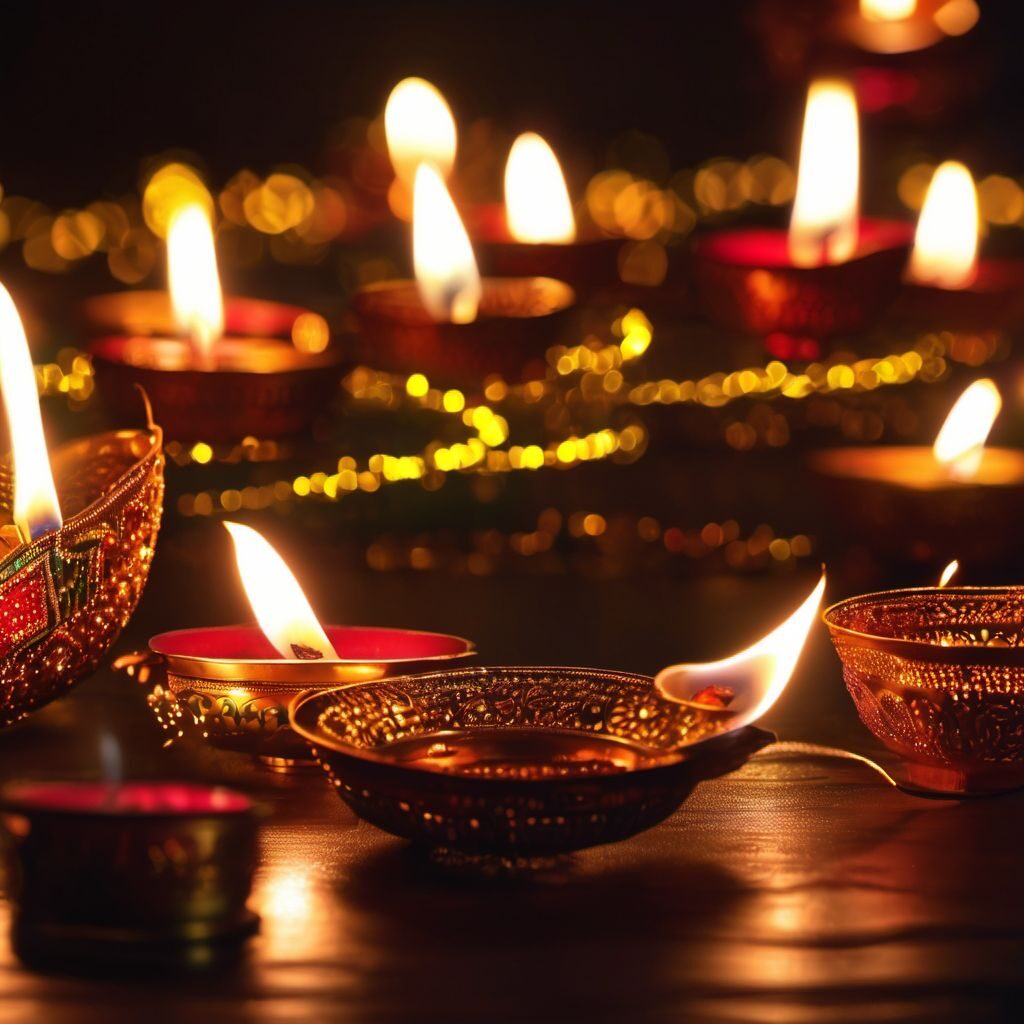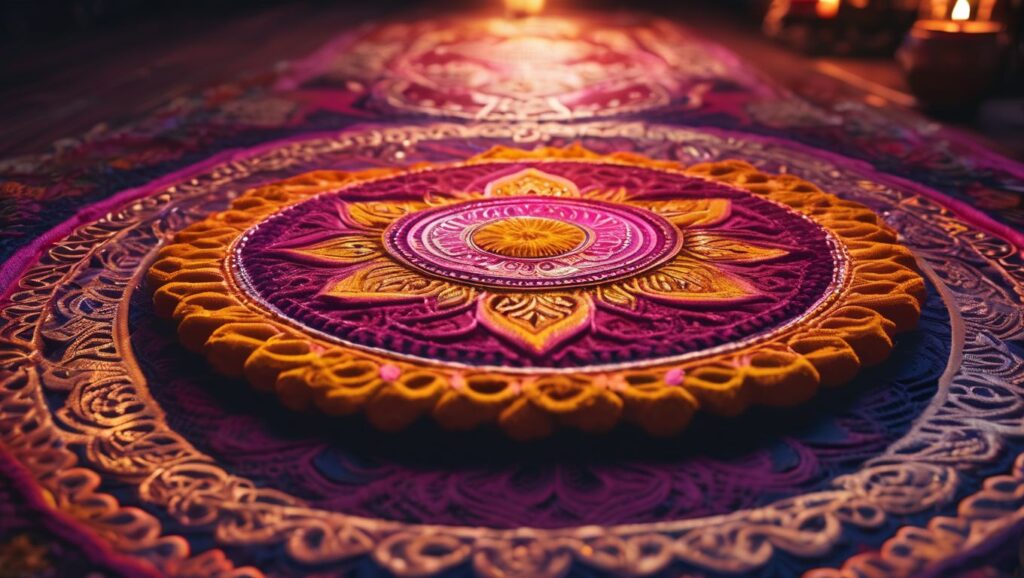Welcome to Jhargram, a captivating district in West Bengal that beckons travelers with its unspoiled natural beauty, rich tribal culture, and a plethora of attractions. Situated amidst lush forests, meandering rivers, and rolling hills, Jhargram offers a refreshing escape for nature enthusiasts and cultural explorers alike. Let’s delve into the major attractions, the vibrant tribal communities, and the scenic wonders that make Jhargram a hidden gem in West Bengal.
1. Jhargram Raj Palace: An architectural marvel, Jhargram Raj Palace is a magnificent palace that served as the residence of the Malla kings. Built in the early 20th century, the palace boasts a fusion of Indian and European architectural styles. Its sprawling gardens, intricate carvings, and antique furnishings offer a glimpse into the opulence of the past.
2. Kankrajhore Elephant Reserve: Jhargram is home to the Kankrajhore Elephant Reserve, a sanctuary dedicated to the protection and conservation of elephants. Here, you can witness herds of majestic elephants in their natural habitat, contributing to the region’s biodiversity and ecological balance.
3. Jhargram Mini Zoo: For wildlife enthusiasts, the Jhargram Mini Zoo is a must-visit destination. The zoo is home to various animal species, including deer, rabbits, peacocks, and exotic birds. It provides a wonderful opportunity for families to enjoy a day amidst nature.
4. Sabitri Temple: Situated on the banks of the Subarnarekha River, the Sabitri Temple is a revered place of worship for the locals. The temple is dedicated to Goddess Sabitri, and it attracts devotees seeking blessings and spiritual solace.
5 Jhargram Deer Park: Jhargram Deer Park, also known as Salboni Deer Park, is a sanctuary for various deer species. The park is a popular picnic spot, where visitors can observe deer in their natural surroundings and enjoy the tranquility of nature.
6. Tribal People and Culture: Jhargram is renowned for its vibrant tribal culture, and several tribes call this district their home. The major tribes include Santhal, Munda, Lodha, and Kurmi, each with its unique customs, traditions, and art forms. The vibrant tribal festivals and fairs provide a captivating glimpse into their rich heritage. The Chhou dance, a traditional tribal dance, is an enthralling experience that showcases the artistry and rhythmic movements of the local tribes.
7. Scenic Beauty: Jhargram’s scenic beauty is a mesmerizing tapestry of verdant forests, cascading waterfalls, and serene rivers. The dense Sal forests, teeming with wildlife, offer excellent opportunities for nature walks and birdwatching. The Subarnarekha and Dulung rivers add to the charm, providing picturesque spots for relaxation and photography. The beautiful Belpahari Hills and Jhargram Rajbari gardens are some of the other scenic attractions that make Jhargram a nature lover’s paradise.
8. Adventure and Eco-Tourism: Jhargram is a haven for adventure seekers and eco-tourists. The district offers thrilling opportunities for trekking, rock climbing, and river rafting. Explore the tribal villages on guided tours to gain insights into their way of life and learn about their traditional art and craft.
9. Hospitality and Local Cuisine: The warm hospitality of the locals and the delectable local cuisine add to the overall travel experience in Jhargram. Savor traditional tribal dishes prepared with local ingredients, and don’t miss the opportunity to taste the regional delicacies during your stay.
Jhargram is a destination that promises an immersive experience, where travelers can embrace the cultural heritage, explore the scenic landscapes, and discover the fascinating world of tribal communities. Plan your visit to Jhargram and embark on a journey of discovery and awe amidst the cultural richness and natural wonders of this captivating district in West Bengal.










